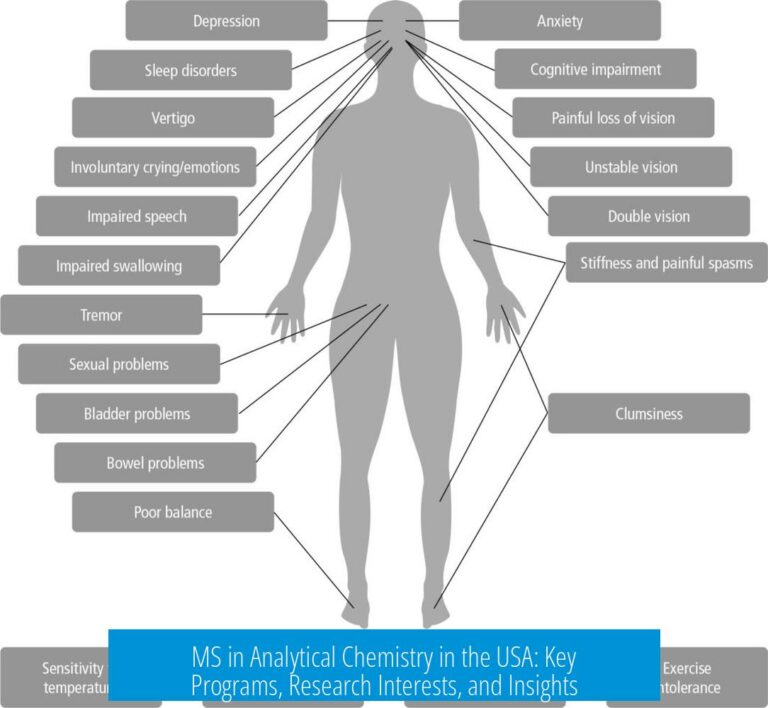How to Determine Whether a Molecule Is Optically Active
Optical activity of a molecule depends mainly on its chirality, which means the molecule must lack certain symmetry elements and have stereogenic centers that create non-superimposable mirror images. Determining optical activity involves evaluating chirality, stereogenic centers, and molecular symmetry together.
1. Understanding Chirality and Stereogenic Centres
Chirality means a molecule cannot be superimposed on its mirror image. This property leads to optical activity, where the molecule rotates plane-polarized light.
Often, atoms with four different substituents are called “chiral centers,” but the accurate term is stereogenic centers. These centers allow for two different spatial arrangements (stereoisomers).
Note that a molecule may have several stereogenic centers but still be achiral overall. Optical activity arises from the whole molecular structure, not just individual centers.
2. Evaluating Molecular Symmetry
Symmetry plays a critical role in optical activity. If a molecule has a plane of symmetry or a center of symmetry (inversion center), it usually is optically inactive.
- Plane of symmetry: The molecule can be divided into two identical halves that mirror each other.
- Center of symmetry: Every part of the molecule has an equivalent part directly opposite through the center.
The absence of these symmetry elements typically indicates the molecule is chiral and optically active.
3. Beyond Chiral Centres: Optical Activity Without Stereogenic Atoms
Some molecules lack stereogenic centers but still are optically active. Examples include certain atropisomers and helically twisted structures.
Therefore, one cannot rely solely on the presence of chiral centers to predict optical activity. The entire molecular geometry and symmetry must be considered.
4. A Combined Approach to Determine Optical Activity
To decide if a molecule is optically active, follow these steps:
- Identify stereogenic centers if any exist.
- Check the molecule for symmetry elements like planes or centers of symmetry.
- If no symmetry elements are present, the molecule is generally optically active.
- If symmetry exists, the molecule is optically inactive even if it has stereogenic centers.
This approach simplifies the prediction and encompasses exceptions where no chiral centers are present.
Key Points to Remember
- Optical activity is linked to molecular chirality and lack of symmetry.
- Stereogenic centers indicate possible chirality but do not guarantee optical activity.
- Molecules with symmetry elements like planes or centers of symmetry are optically inactive.
- Some optically active molecules do not possess stereogenic centers, showing the importance of overall shape.





Leave a Comment